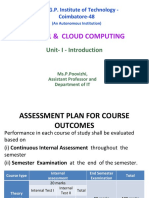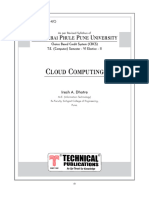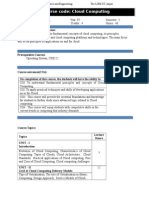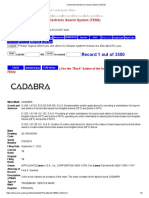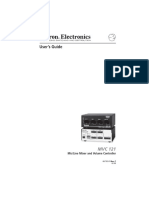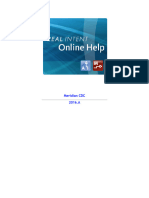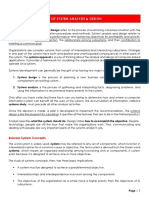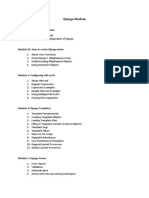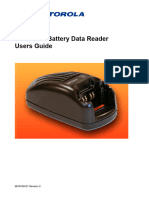0% found this document useful (0 votes)
68 views4 pagesCloud Computing
The document outlines a Cloud Computing course with a total of 3 credits, comprising 4 lecture hours and lab practice per week. It aims to teach fundamental concepts, various cloud service types, and application design, benchmarking, and security on the cloud. The course includes topics on cloud services from major providers, application design methodologies, security architecture, and case studies across different industries.
Uploaded by
Yoga BscCopyright
© © All Rights Reserved
We take content rights seriously. If you suspect this is your content, claim it here.
Available Formats
Download as DOCX, PDF, TXT or read online on Scribd
0% found this document useful (0 votes)
68 views4 pagesCloud Computing
The document outlines a Cloud Computing course with a total of 3 credits, comprising 4 lecture hours and lab practice per week. It aims to teach fundamental concepts, various cloud service types, and application design, benchmarking, and security on the cloud. The course includes topics on cloud services from major providers, application design methodologies, security architecture, and case studies across different industries.
Uploaded by
Yoga BscCopyright
© © All Rights Reserved
We take content rights seriously. If you suspect this is your content, claim it here.
Available Formats
Download as DOCX, PDF, TXT or read online on Scribd
/ 4



























